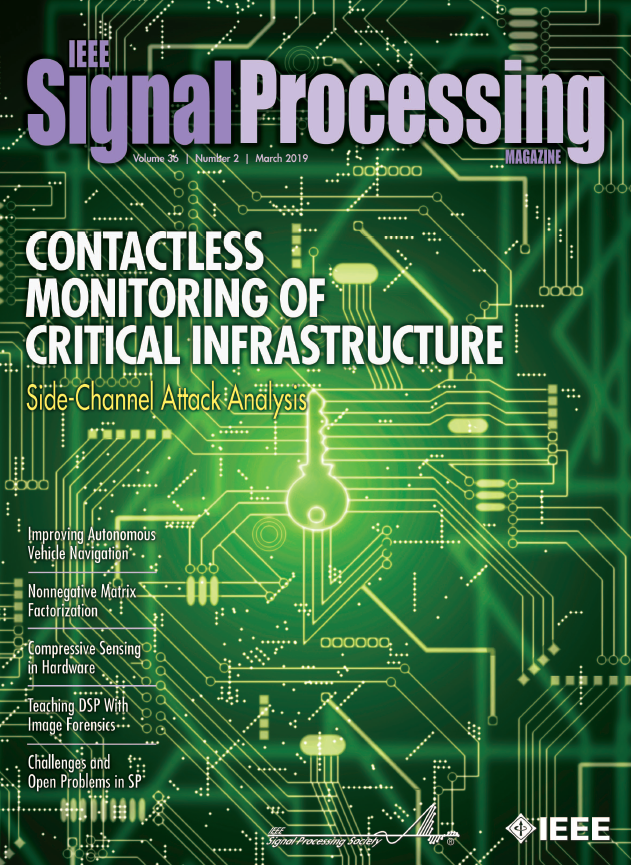Special Issue on Contactless Monitoring of Critical Infrastructure

Industrial control systems (ICSs) manage and monitor critical civil or military infrastructure, such as water treatment facilities, power plants, electricity grids, transportation systems, oil and gas refineries, and health care. Because they are so important, ICSs are becoming attractive targets for malicious attacks that could lead to catastrophic failures with substantive impacts. Among such attacks was the Black Energy worm, which was used in 2015 against the Ukrainian electricity grid, resulting in widespread power outages, and the Stuxnet malware, which was used in 2010 and physically damaged 20% of the Iranian centrifuges controlled by programmable logic controllers (PLCs). New security concerns arise as the public adopts Internet of Things (IoT) devices, resulting in household electronics becoming computers that can be targets for malware. Over the last few years, Internet-connected appliances, home routers, webcams, and printers were used to launch distributed denial-of-service (DDoS) attacks, often without their owners’ knowledge. The largest DDoS attack to target IoT devices was in 2016, when a botnet malware family named Mirai was launched. IoT devices are attractive targets for malware because they lack cryptographic encryption and strong default authentication.
One important type of ICS attack occurs without physical contact by using side-channel information such as electromagnetic emanations, power dissipation, sound, and temperature. Typically, side-channel attacks (S

CAs) attempt to perform cryptanalysis based on the time-series processing of side-channel signals by using statistical or machine learning methods. Since SCAs can pose a serious authentication threat, both the academic community and industry have recently recognized the importance of side-channel analysis. Side-channel signals can also be used for attack detection, by recognizing anomalous execution of code running on a device.
This special issue on Contactless Monitoring of Critical Infrastructure of IEEE Signal Processing Magazine in March 2019 includes three articles on the emerging area of protecting embedded devices by monitoring code execution information that leaks through side channels. Specifically, the articles review the basics of extracting and processing side-channel signals, fingerprinting normal code operation during an initial phase, and detecting anomalies in those signals introduced by malware during runtime.

